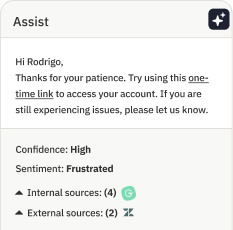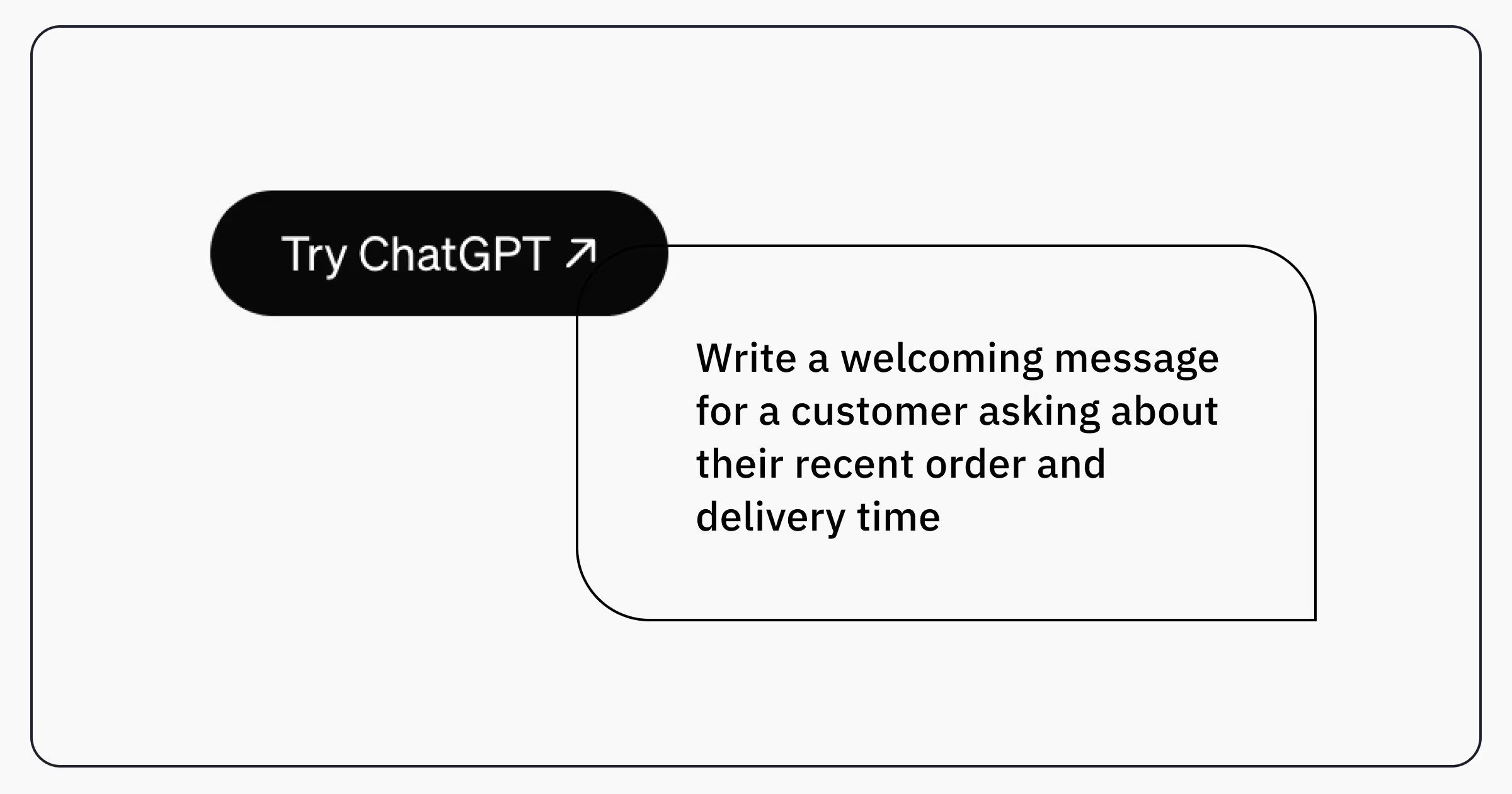Workforce Management Call Center - Assembled

Workforce Management Call Center
When you look at companies today, you will find that one of the most important tools they need to use efficiently involves workforce management software. This software comes in many shapes and forms, but no matter where (or how) the software is being used, it is going to play an essential role in helping companies effectively handle their customer support and service issues. In this sense, workforce management software is considered one of the most important parts of running an efficient call center.
Today, call centers are more important today than ever before, with customers and consumers being far smarter than they were in the past. For this very reason, they expect call centers to be able to meet and handle their needs. If the call center is not up to the challenge, then the customer is simply going to take their business somewhere else. It is important, then, for call centers to make sure they are using the right workforce management software, in accordance with the appropriate best practices. This is where call center workforce management tools become extremely essential.
When looking at how call centers are going to be able to use workforce management software in accordance with best practices, it is important to think about metrics. Call centers need to be able to use workforce management software to track metrics that are going to be relevant to the overall success of the call center. For example: call centers need to use this software to track how frequently calls are coming in, what the average wait time for a call to be answered is, how long each call is taking, how often the customer is having their needs met, and how often the call is being escalated. Call centers also need to be able to use workforce management software to predict the ebbs and flows of call volume. For example: when the call volume is low, then the call center can schedule fewer people to come in. Then, once the call volume picks back up again, they can schedule in more people accordingly. These are just a few of the most important best practices that all companies need to keep in mind, when it comes to workforce management software for call centers.
Call Center Metrics Calculations
With call center workforce management software, one of the most important ways this tool can be used is with scheduling. While there are certainly some industries in which demand might be consistent throughout the year, this is usually not the case. Therefore, all call centers need to be able to calculate the number of agents required for operating the call center over time. And this is precisely where a call center staffing calculator is going to be tremendously helpful.
Because all call centers need to be able to calculate the number of agents required for running their call center, it is essential to implement a workforce management scheduler. There are a few tips that call centers can follow, in order to use a workforce management scheduler the best. First, they need to be able to take a look at their historical data. This means looking at the past, looking at how call volumes have jumped and dropped, and making sure they have enough people in place to meet those needs. While it is okay for calls to wait a few seconds before being picked up, it is usually a good idea to endeavor to keep this wait time to a minimum. Then, call centers need to think about how long it is going to take to resolve each call, approximately. The call center should have numbers on this, as well. All of this information is going to be immensely important in making sure that the call center always has enough people scheduled to work. This is where a workforce management scheduler is absolutely crucial.
Call Center Staffing Ratios
It is also a good idea to take a look at call center ratios. This ratio is used to refer to the number of agents who are there to work, compared to the number of team leaders. For example: if a call center has too many agents compared to the number of calls that are coming in, then the company might end up paying people to simply sit there and not work. On the other hand, however, if there are too many calls coming in and not enough staff, then customers are going to become unhappy with their wait times. It is a great idea to look at both call volume and seasonality.
This ratio is generally going to land somewhere around 20 call agents per single team leader. This can vary from industry to industry, but this is in accordance with call center scheduling best practices. But when the calls start to pick up, particularly during the holiday season (which is typical for most industries), then there might be a need to have more team leaders present. This should also be built into the call center workload calculation. Call center staffing ratios play a critical role in the success of an overall call center, so it is important to consider these ratios carefully.
Call Center Workforce Management Software
One of the most important tools used in call centers is workforce management software. When you look at call center workforce management best practices, there are a few key points to keep in mind. First, call center workforce management software should be used to hire new agents based on their schedule availability initially. This will go a long way in keeping agents happy and motivated. Second, utilizing this scheduling practice, use call center workforce management software to collect data on the key metrics. This includes the average time between calls, how long each call takes to resolve, the average wait time for customers, and the rate at which calls are escalated. And finally, it is important to use call center workforce management software to cross-train agents to handle calls in different areas. This way, they will have more flexibility.
Call center workforce management software is different from the type of software that might be used in other industries, because there aren’t many industries that are going to be looking at the same metrics that call centers are. Furthermore, when looking at schedules, call centers also have a great degree of seasonality to them. In this sense, call center workforce management software is unique.
Mobile Workforce Management Software
Another way that workforce management software can be applied involves a team that is on-the-go. Today, there are more people working remotely than ever before. It is important, then, to make sure they have access to all the information they need, as there is some information they might otherwise have a hard copy of that they still need to have access to digitally while on-the-go.
When looking at mobile workforce management software, there are a few advantages to note. First, mobile workforce management software is going to increase productivity, allowing users to handle more tasks in a shorter period of time, allowing them to be more effective at their jobs by providing them with the ability to make quick decisions in real-time. Furthermore, with the right mobile workforce management software, this will allow them to stay in compliance with the regulations of the company, while at the same time increasing their visibility to managers who would like transparency - making workforce management software an essential tool for workforces that are on-the-go.
Workforce Management Companies
When looking at workforce management companies, there are several different types that are commonly included in these businesses. For example: workforce manager jobs might be considered in-house, where companies have an entire department that they use to handle their own workforce management needs. In other cases, workforce management companies might take the form of consulting firms, third-party specialists who are usually brought in to handle unique problems that might be slowing down the company. Workforce management companies might also create software programs that companies can use in order to improve their efficiency. Therefore, all businesses need to make sure they know how they are going to be able to handle their unique workforce management issues.
Workforce Management Tools
When looking at workforce management today, there are numerous tools companies can use to make this entire process easier. There are some workforce management tools that are physical applicants, such as charts and templates, as well as other workforce management services that might include digital tools, such as software programs. And while some companies might be able to handle all of their needs with a single workforce management tool, many businesses are realistically going to need a variety of real-time workforce management tools to meet all of their needs. When companies do decide to use multiple workforce management tools, they have to make sure that their tools speak with each other. Otherwise, these companies are going to have a hard time keeping their employees on the same page.
Companies also need to think about whether they are going to handle their workforce management tools on their own, or hire third-party specialists who can guide and help them to find the right workforce management tools they need in order to meet their needs. Remember: tools alone are not going to be able to help companies maximize their workforce management systems. In reality, for companies to make sure they are truly getting the most out of their workforce management tools, they are going to need to place their people into a position to succeed. This is where professional services can be helpful. By making sure they have the right workforce management tools in the hands of the right people, it is possible for companies to maintain an edge on their competition. This is exactly why workforce management tools are so essential in today’s world.




